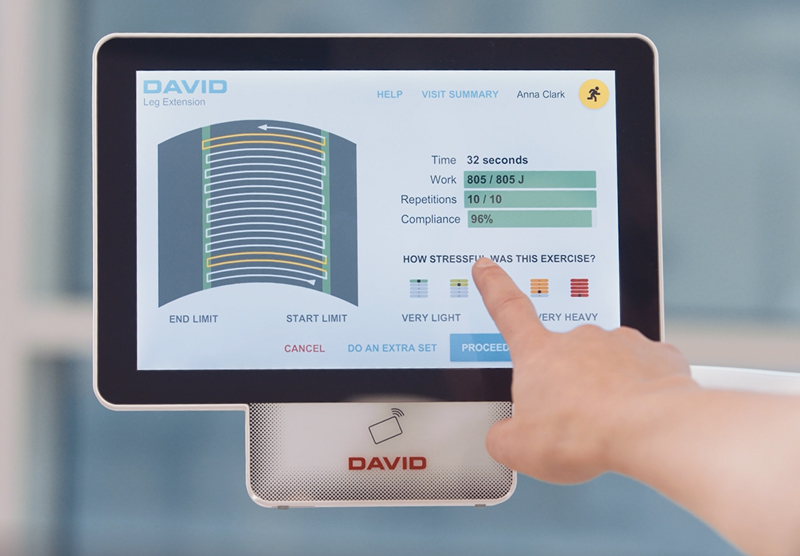Research - Outcome Studies
Comparisons in Muscle Function and Training Rehabilitation Outcomes Between Avoidance-Endurance Model Subgroups.
Year: 2017 Country: Austria Study Population: N=137 chronic low back pain patients
Fehrmann E, Tuechler K, Kienbacher T, Mair P, Spreitzer J, Fischer L et al. Comparisons in Muscle Function and Training Rehabilitation Outcomes Between Avoidance-Endurance Model Subgroups. The Clinical Journal of Pain 2017;33(10):912-920.
Objective
To determine if the avoidance-endurance model subgroups, fear-avoiders (FAR), distress-endurers (DER), eustress-endurers (EER), and adaptive responders (AR), in chronic low back pain differ in physical measures and outcomes after training therapy.
Methods
6-month training intervention with 10 devices for the back muscles, abdominal muscles, and hip adductors, abductors with real time training monitoring from device screens. Training was based on initial test results, resistance increase every 4 weeks. Mean training frequency 1 x week. Assessment pre and post intervention.
Outcome measures: maximum isometric strength (110, 120, 130), ROM, flexion-relaxation tests, AEQ, RMDQ, PDI, SF-36, IPAQ, VAS.
Outcome
Post training, significant improvements were detected in all subgroups in back-related health. However, the DER and the FAR were found to be more impaired before and after the intervention compared with EER and AR, as indicated by a higher pain intensity, higher disability levels, lower quality of life, and inferior working capacity. even though groups did not differ in physical measures and activity levels at baseline. The results underline the importance of AEM-subgroup-specific interventions.
